Logo Types Explained: Find the Best for Your Brand
Introduction
It’s often said that a brand is more than a logo. While true, your logo probably gives people a first impression of your brand. With so much on the line and many types of logos, how do you decide which type best suits your unique brand?
This guide will walk you through the different types of logos, their main features, and how you can apply them effectively to translate your brand identity to the world. Let’s start with the basics.
What is a Logo?
A logo is a graphic mark, emblem, or symbol used to promote public identification and recognition of a brand.
It's essential to a company's brand identity and helps establish a visual connection with the audience. Different types of logos can significantly impact how a brand is perceived, influencing everything from quality and price to trust and relatability.
Designing a professional logo requires the right tools to ensure precision, versatility, and ease of use. While creating your logo is a viable option if you’ve got the know-how, hiring a brand identity agency can also be a valuable investment.
Why Are Logos So Important to Brands?
Most brand experts would agree that logos are central to a brand’s identity, doing its very best to squeeze the core of a business into a single visual element. For reference, did you know that 90% of the global population can recognize the Coca-Cola logo? Yeah. Think about that.
For good and bad, logos serve as the face of the brand, making a lasting first impression on potential customers. Done right, they allow your branding efforts to stand out — differentiating you from competitors by translating your unique brand values into design.
You might think that a logo’s only job is to help customers recognize and remember the brand, but what’s often forgotten is how consistent use of logos over time helps build a sense of quality, precision, and trust in your audience's eyes.
Logos Help Build Trust & Credibility
No matter what you want to communicate with your logo, a well-made one adds credibility to your cause, making you appear more professional and trustworthy. Since we are all culturally primed to react to different visual cues, the psychological impact of a logo must be considered; colors, shapes, and typography all influence customer emotions and perceptions.
For example, blue often invites trust and reliability, while red can evoke excitement and passion (important note: this varies greatly between cultures, so ensure you’re targeting your markets right). The elements of your logo should work to create a visual identity that speaks the language of your target audience and reinforces your brand’s position.
Logos Help Boost Brand Recognition
According to Inc., 71% of people in their study agreed that inconsistent branding confuses. Conversely, logos can help maintain brand consistency across platforms, markets, and media, strengthening your brand over time.
A logo built for purpose can be adapted for use on websites, business cards, social media, merchandise, and more — ensuring you’re always seen from your best side wherever your prospects get their daily brand fix. This consistency helps build brand recognition over time, making it much easier for people to remember you and — if all the stars align — even become your brand ambassadors.
Logos used to be nothing but a shepherd’s sadistic little burn mark on their cows, declaring ownership of a herd. But we now live in a world where identity and belonging are of increasing importance, turning logos into something more than just a simple visual. It has become a sign of togetherness, a shield for like-minded people to unite behind, and a strategic tool that helps brands drive business success—so choosing the right type matters.
9 Main Types of Logos
There are many types of logos, each with its unique use case and special sauce. To simplify things (and avoid turning this into an actual novel), we’ve pulled out the nine most commonly used ones you should know about.
While some logos are better for certain types of businesses, it’s not uncommon for a brand to use different logos or a combination of a few for various scenarios. Understanding the characteristics of different types of logos can ultimately help you choose the right one for your brand or help you expand your current setup. So let’s dive in, shall we?
1. Wordmark (Logotype)
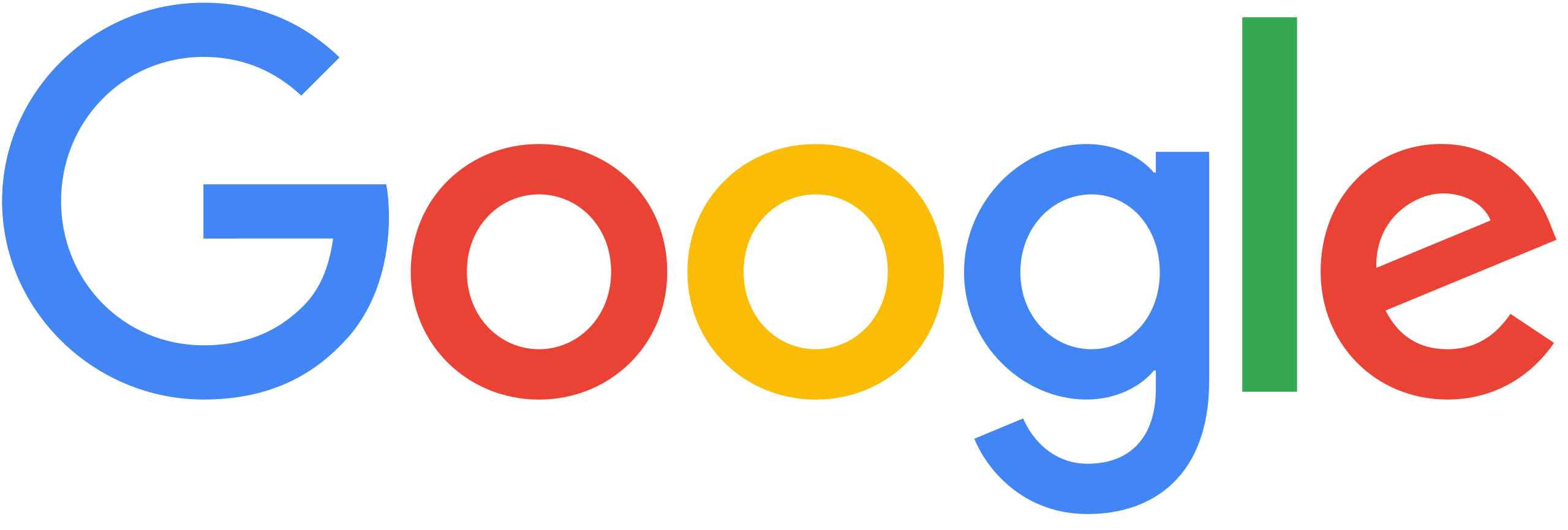
A wordmark is a font-based logo that focuses on the business name alone. This type of logo works well for companies with distinctive names, making them easy to remember. Wordmarks often rely on unique typography to create a visual identity that is both simple and effective (unfortunately, the multi-million dollar movie franchise Avatar did not get that memo).
- Features: Text-only, unique typography.
- Use Cases: When the brand name is catchy or unique.
- Examples: Google, Coca-Cola, and Disney.
2. Lettermark (Monogram)

Lettermark logos, or monogram logos, use initials to represent the brand. They are great for simplifying long names when initials can become iconic enough to stand alone and making the logo more compact. These logos often feature simple and clean designs, focusing on the typography of the initials to make a lasting impression.
- Features: Initials-based, often simple and clean.
- Use Cases: Companies with long names or complex words.
- Examples: HBO, CNN, and IBM.
3. Icon (Symbol or Pictorial Mark)
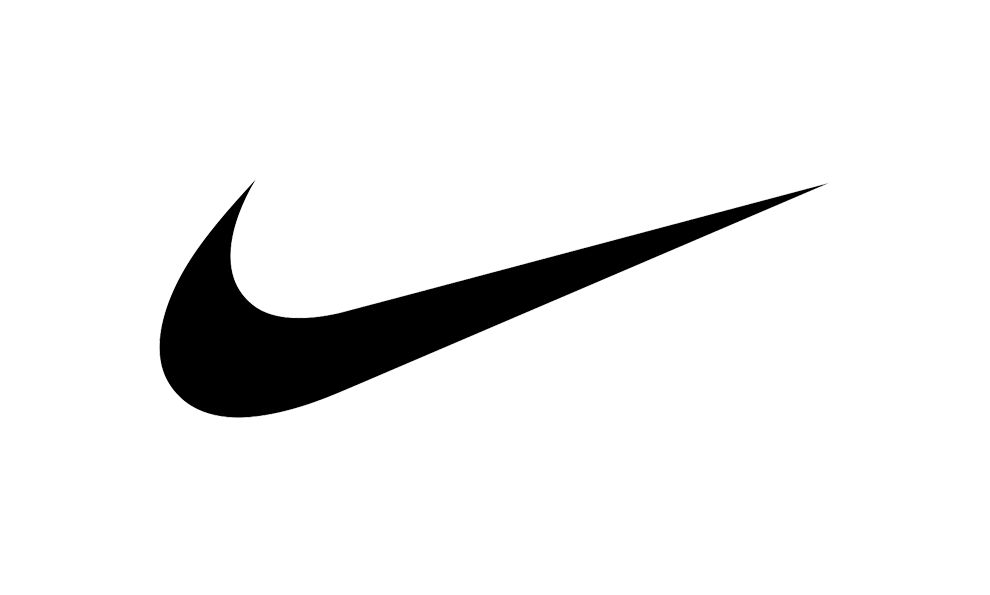
Icon logos use a graphic image or symbol to represent the brand. They are often simple but impactful, relying on a strong visual element to convey the brand’s identity without the need for text.
Icon logos are particularly effective for brands that want a strong visual identity that can be recognized at a glance. Think of Nike’s Swoosh, Apple’s apple, or TikTok’s musically inspired icon. These logos create a visual shorthand for the brand, making them instantly recognizable.
- Features: Iconic image, minimal (or no) text.
- Use Cases: Brands that want a strong visual identity.
- Examples: Apple, TikTok, Nike.
4. Abstract Mark
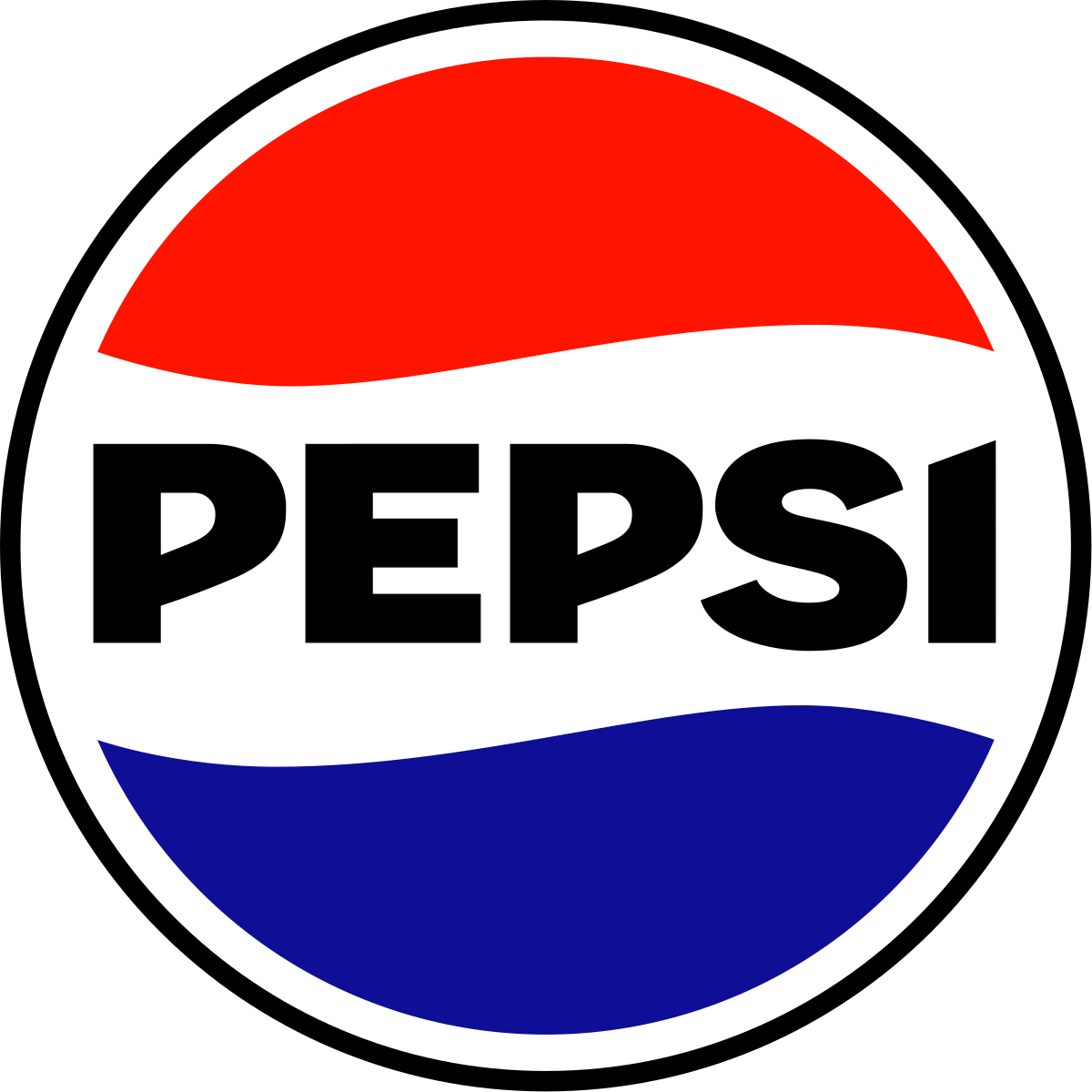
Abstract logos use geometric shapes to create a unique image that represents the brand. This type of logo is versatile and can convey complex ideas. Abstract marks are excellent for brands seeking a distinct and non-literal representation of their identity. These logos are particularly useful for brands that want to evoke certain feelings or ideas without being directly tied to a specific image.
- Features: Geometric shapes, unique design.
- Use Cases: Brands that want a distinct and non-literal logo.
- Examples: Adidas Stripes, Pepsi Globe.
5. Mascot Logos
Mascot logos feature a character or spokesperson representing the brand. They are great for creating a fun and engaging brand image. Mascot logos are particularly effective for family-friendly brands and sports teams, adding a personable and approachable element to the brand. Examples include KFC’s Colonel Sanders, Pringles’ incredible mustache mascot, and Michelin’s Bibendum.
- Features: Character-based, friendly, and approachable.
- Use Cases: Family-friendly brands, sports teams.
- Examples: KFC, Michelin, Pringles.
6. Combination Mark
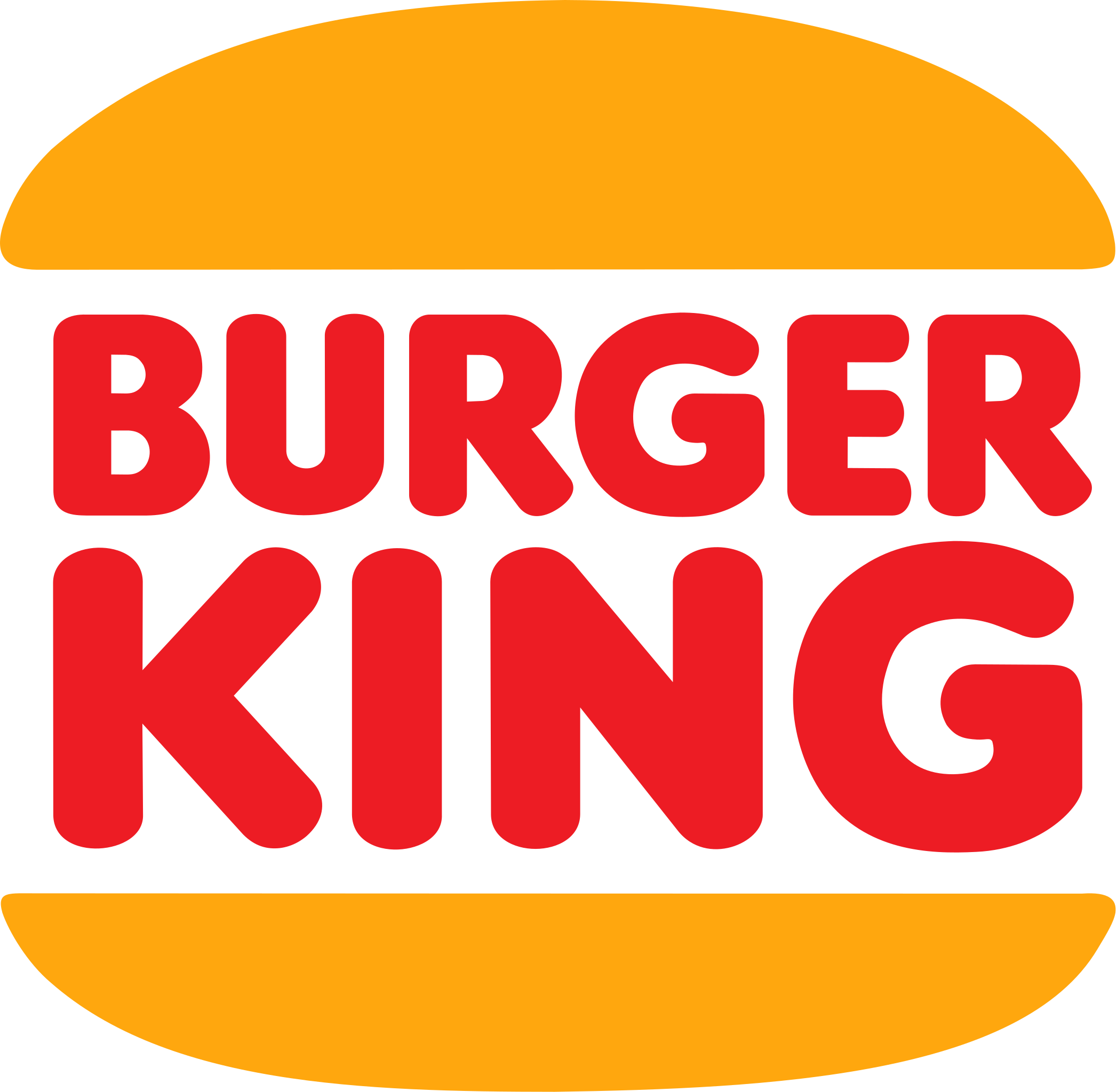
Combination logo marks combine text and a symbol or icon to create a versatile logo. This type of logo offers flexibility in how it’s used. A combination mark allows brands to leverage text and imagery, making them adaptable to various applications and contexts. These logos are ideal for brands that want the benefits of both wordmarks and icons, providing versatility and multiple branding options.
- Features: Text and symbol, versatile use.
- Use Cases: Brands that want the benefits of both wordmarks and icons.
- Examples: Burger King, Lacoste.
7. Emblem
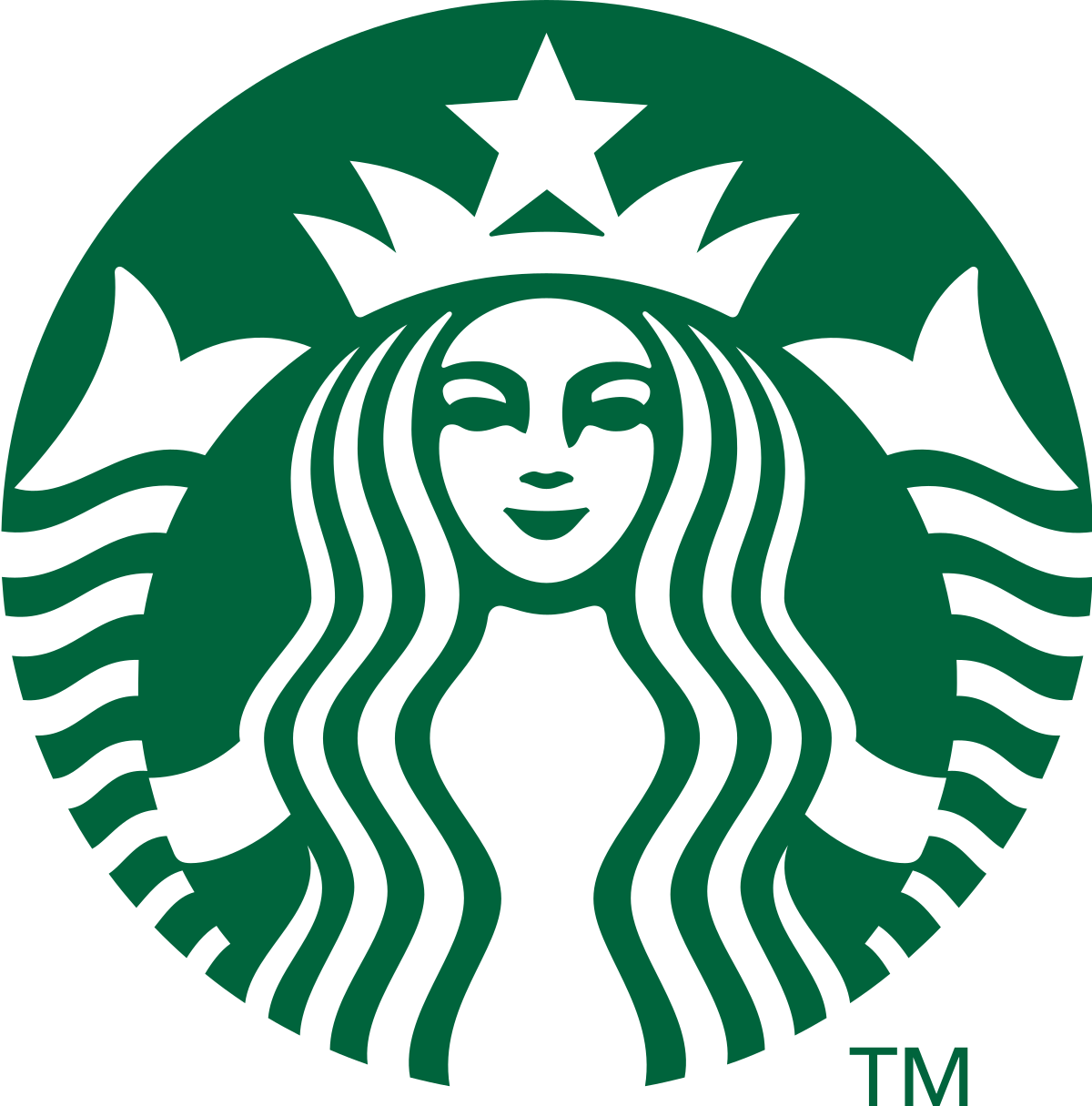
Emblem logos encase the company name within a design or icon, often resembling a badge or seal. These logos have a traditional and authoritative feel. Emblems are ideal for educational institutions and governmental organizations, conveying a sense of tradition and stability, but they can also communicate a sense of legacy.
- Features: Encased design, often intricate.
- Use Cases: Educational institutions, governmental organizations.
- Examples: Starbucks, NFL, and Harley-Davidson.
8. 3D Logos
3D logos use depth and perspective to create a three-dimensional effect. 3D logos suit tech companies and brands seeking a contemporary look. These logos leverage modern design techniques to create dynamic and engaging visual identities.
- Features: Three-dimensional, dynamic appearance.
- Use Cases: Tech companies and brands want a modern look.
- Examples: Warner Bros, Xbox
9. Animated Logos
Animated logos bring static designs to life with motion, making them highly engaging and memorable. They are perfect for digital platforms and provide an interactive and dynamic brand representation. Animated logos are ideal for digital-first brands and online media, offering a fresh and engaging way to represent the brand.
- Features: Motion graphics, interactive.
- Use Cases: Digital-first brands, online media.
- Examples: Google Doodles, Netflix.
Choosing the Right Logo for Your Brand
When selecting your preferred logotype, consider several factors, including your target market, brand personality, and industry standards. As for all things brand, understanding your audience is essential.
For example, tech-savvy consumers might be all about a modern 3D or animated logo, while a more traditional audience might prefer an emblem or wordmark. Understanding your audience’s preferences can guide your choice toward logo styles that resonate and engage them effectively so you can build momentum.
Align Your Logo with Brand Values & Industry Norms
The most important thing is that your logo reflects your brand's values and tone. For example, a playful brand might benefit from a mascot logo that adds a fun and approachable element to the brand identity.
Think of Duolingo’s Owl, which has become nothing short of a TikTok sensation. And seeing how more than 40% of Gen Z check TikTok when looking to shop, that’s huge.
On the other hand, a high-end brand might opt for a sleek lettermark or abstract logo that shows sophistication and elegance. Whatever you choose, it’s important to ensure that your logo communicates your brand’s core values and personality clearly and consistently.
If you’ve worked in different industries, you know first-hand that they all have different norms and expectations regarding logos. Financial institutions tend to use wordmarks to convey stability and trust, while creative industries might lean towards more dynamic logos to express innovation and creativity.
Making the time to do that research and understanding industry standards can give you valuable insights into what works best (and worst) in your sector, helping you align with industry expectations and, at the same time, stand out.
Find Versatility & Distinctiveness in Your Logo
Knowing your company, your brand will likely have a predictive pattern of where it will appear. Knowing that your logo will look dashing in its various sizes and formats is, therefore, another critical consideration.
Combination marks and simple icons often perform well in both large and small formats, keeping their integrity and readability across media. For a uniform brand presence—whether your logo appears on a billboard, a business card, or one social media platform—it’s super-duper important that it remains adaptive and recognizable.
Finally, with branding becoming increasingly business-crucial, differentiating your brand from competitors with a unique logo is now a non-negotiable. As consumers, we have more choices than ever.
Leaning into your brand and designing a logo that’s uniquely you allows you to both stay top-of-mind and show consumers what you’re all about, driving business. And since differentiation helps you build unique connections with your audience, knowing that 57% of people also spend more money on brands they’re loyal to, taking the time to research what others in your industry are doing right and wrong so that you can stand out quite literally pays off.
6 Different Tools for Creating Logos
All top branding agencies bring expertise and experience, helping you create a cohesive and impactful brand identity that scales with your brand. But if you prefer a DIY approach to get started, here’s a breakdown of some popular tools that cater to different needs, budgets, and skill levels of logo design:
Adobe Illustrator
Adobe Illustrator is a favorite among professional designers due to its versatility and precision. It excels in creating vector graphics essential for detailed and scalable logo designs. Illustrator's many features allow designers to handle complex designs efficiently, providing the flexibility to experiment and refine ideas until the perfect logo is created.
Canva
Canva is ideal for beginners or those without extensive design knowledge (although having a designer set up your environment has its advantages). It offers an intuitive interface and an extensive library of templates, making it perfect for small businesses and startups.
The drag-and-drop functionality simplifies the design process, allowing users to create professional-looking logos without needing advanced design skills. It also offers various customization options, enabling users to tailor their logos to their specific brand needs.
Tailor Brands
Tailor Brands offers an AI-powered tool that simplifies logo creation by generating designs based on user inputs. This is particularly useful for individuals who need a quick and professional-looking logo without hiring a designer.
The AI-driven platform asks questions about your brand and preferences and then produces multiple logo options, ensuring a customized and efficient design process.
Figma
Figma is especially popular among UI/UX designers but also offers robust features for creating clean, modern logos. It’s particularly beneficial for digital-first brands needing web-friendly logos. Its powerful vector editing capabilities and comprehensive design toolkit make it a go-to choice for designers focusing on digital products and interfaces.
The cloud-based platform also allows for seamless collaboration, enabling teams to collaborate on real-time logo designs (internals and externals). Like with other design tools, integrating various plugins and collaborative features enhances its use, making it easier to iterate and perfect logo designs efficiently.
CorelDRAW
CorelDRAW is a vector design tool known for its user-friendly interface and comprehensive design capabilities, making it suitable for detailed logo work.
CorelDRAW’s feature set includes advanced typography tools, precise color control, and a range of creative effects, providing designers with the tools they need to create intricate and visually stunning logos. Its flexibility and ease of use make it an excellent choice for beginners and experienced designers.
Fiverr
Fiverr is a good platform for those who prefer to hire a professional designer rather than create a logo themselves. Fiverr connects you with many freelance designers offering various logo design services at different prices. This platform allows you to browse portfolios, read reviews, and select a designer who fits your style and budget.
Whether you’re a seasoned professional or just starting, there’s a tool to help you create a logo that effectively represents your brand and resonates with your audience. But whatever’s next for you and your brand, make sure it’s uniquely you.
Conclusion
By now, your logo is critical to your brand identity. It’s the visual anchor for your audience. That’s why it’s important to understand how to use different types of logos to serve you and your brand best.
Whether you go for a classic wordmark or a nice animated logo, what matters is that you make sure it aligns with your brand essence and your audience. Because at the end of the day, when you only get a second of people’s time, your logo can be the most impactful tool in your company’s arsenal.